Tungsten Oxide: Opening a New Era of Energy-Saving in Smart Building
- Details
- Category: Tungsten Information
- Published on Saturday, 22 February 2025 11:03
Tungsten oxide is a typical transition metal oxide and a common tungsten compound. Its chemical formula is usually expressed as WO₃, but in practical applications, due to the existence of oxygen vacancy, its chemical composition may deviate from the ideal stoichiometric ratio, so it is often expressed as WO₃₋ₓ (where x is between 0 and 1). This oxygen vacancy phenomenon causes tungsten to be pentavalent or tetravalent in tungsten oxide, further enriching its physical and chemical properties.
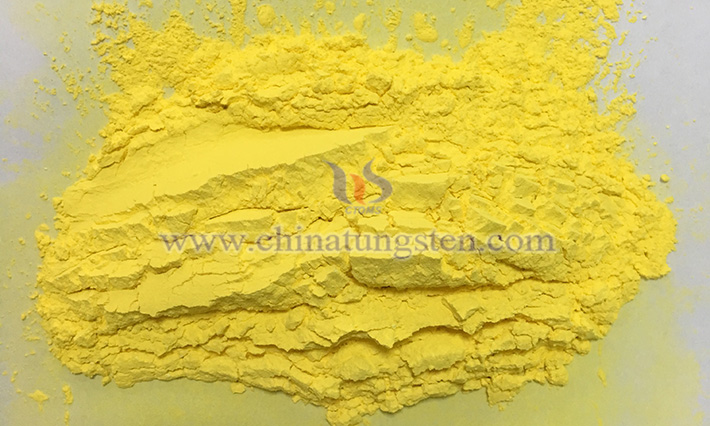
The crystal structure of tungsten oxide is composed of WO₆ regular octahedrons. Tungsten atoms are located at the center of the octahedron, and oxygen atoms are located at the six vertices of the octahedron. According to the difference in the tilt angle and rotation direction of the octahedron, tungsten oxide can form a variety of crystal phases, including cubic phase (ReO₃ type), monoclinic phase type I (ε-WO₃), monoclinic phase type II (γ-WO₃), triclinic phase (δ-WO₃), orthorhombic phase (β-WO₃), tetragonal phase (α-WO₃), hexagonal phase (h-WO₃). Among them, γ-WO₃ is the most stable phase at room temperature.
Physical and chemical properties of tungsten oxide:
Thermochromicity: The color changes from light yellow to orange when heated and returns to its original state after cooling.
Solubility: Insoluble in water and most inorganic acids, but soluble in hot alkali solution and slightly soluble in hydrofluoric acid.
Acidity: It can react in alkaline solutions (such as sodium hydroxide solution and ammonia water) and show certain acidity.
Oxidation: It can react in a reducing environment (such as when hydrogen or carbon is present) and show certain oxidation.
Optical properties: Tungsten oxide has a strong absorption peak in the visible-light region and at the same time shows unique transmittance and reflectivity in the infrared band, which can be used for optical materials and thermal management.
Electrochromic properties: Tungsten oxide can achieve color changes by embedding and extracting ions under the action of an electric field. This property makes it important for use in smart windows and electrochromic devices.
Semiconductor properties: Tungsten oxide is an important n-type semiconductor oxide with a bandgap of about 2.6-2.8eV.
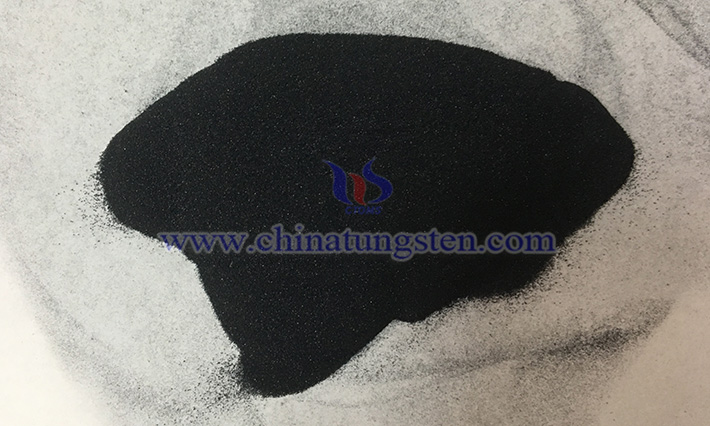
The persity and stability of tungsten oxide make it have important applications in many fields, including:
Industrial manufacturing: as a raw material for the production of metallic tungsten powder and tungsten carbide powder, used to make cemented carbide tools.
Catalyst: used for hydrogenation, dehydrogenation and cracking reactions in petrochemicals.
Energy-storage materials: used for negative-electrode materials of lithium-ion batteries and electrodes of supercapacitors.
Optoelectronic devices: used for solar cells, photodetectors and light-emitting diodes.
Sensors: used to detect harmful gases in the environment.
Smart windows: used for electrochromic devices to achieve dynamic adjustment of transparency.
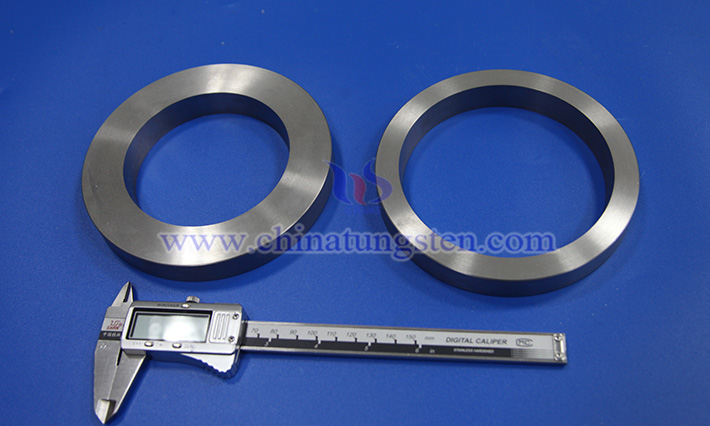
1. Analysis of the principle of energy saving of tungsten oxide
Electrochromic principle
The electrochromic properties of tungsten oxide are derived from its unique crystal structure and ion-insertion/extraction mechanism. In WO₃₋ₓ crystals, WO₆ octahedrons form a three-dimensional network structure by corner-sharing or edge-sharing of oxygen atoms. When a voltage is applied to a smart window containing a tungsten oxide film, an external power source drives cations (such as H⁺, Li⁺, Na⁺, etc.) from the electrolyte to the inside of the tungsten oxide film. After these cations enter the tungsten oxide lattice, they interact with the electrons in the lattice, thereby changing the oxidation state of tungsten oxide.
From the perspective of band theory, in the absence of an applied voltage, the band structure of tungsten oxide features a relatively stable valence band and conduction band separation. The energy gap between them determines the initial absorption and transmittance characteristics of visible light, keeping them relatively stable. When voltage is applied, the embedding of cations changes the band structure of tungsten oxide, introducing new energy levels and electron-transition paths. These changes enhance the absorption capacity of tungsten oxide for light of a specific wavelength, which thereby leads to color change and transmittance adjustment. When it is necessary to restore to the initial state, by applying voltage in the reverse direction, the cations are removed from the tungsten oxide lattice, and the band structure and optical properties of tungsten oxide are restored to the initial state.
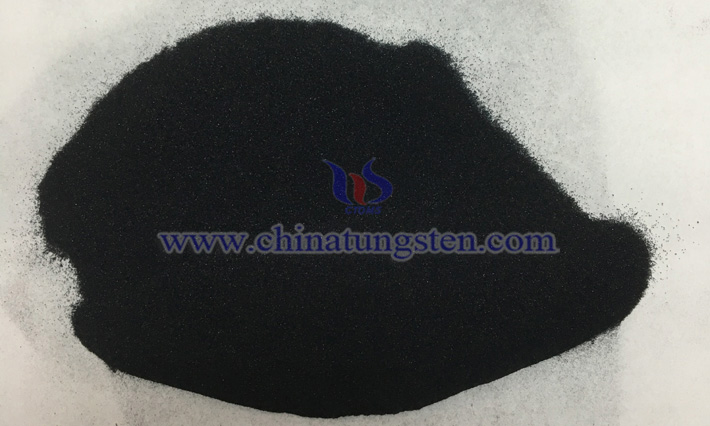
Photochromic principle
The photochromic properties of tungsten oxide are mainly related to the electron-hole pairs generated by light excitation. When tungsten oxide is irradiated with light of a specific wavelength, the energy of the photon is absorbed, causing the electrons in tungsten oxide to transition from the valence band to the conduction band, forming electron-hole pairs. These photogenerated carriers (electrons and holes) are highly active and can participate in a series of chemical reactions. During the photochromic process, the photogenerated electrons and holes will interact with substances in the surrounding environment. For example, in the presence of water molecules, holes can oxidize water molecules into hydrogen ions and hydroxyl radicals, while electrons can combine with oxygen atoms on the surface of tungsten oxide to form oxygen anions. These reaction products will further interact with tungsten oxide, which thereby leads to changes in its structure and optical properties, thus realizing color changes.
From a microscopic perspective, the structural changes of tungsten oxide during photochromism may involve slight distortions of the lattice, breaking and reorganization of chemical bonds, etc. These structural changes will affect the absorption and scattering properties of tungsten oxide to light, causing it to present different colors and transmittances before and after illumination. When the illumination stops, the photogenerated carriers gradually recombine, and the structure and optical properties of tungsten oxide will gradually return to their initial state, thus realizing the reversible process of photochromism.
hermal insulation principle
In terms of thermal insulation, tungsten oxide mainly achieves energy-saving effects by absorbing and scattering infrared rays. Infrared is the part of solar radiation that carries a lot of heat, and its wavelength ranges from 0.76μm to 1000μm. Tungsten oxide has a strong absorption capacity for infrared, which is determined by its crystal structure and electronic properties. In tungsten oxide crystals, the vibration and transition of electrons can interact with the frequency of infrared, thereby absorbing the energy of infrared. When infrared rays are irradiated on transparent insulation materials containing tungsten oxide, part of the infrared rays are absorbed by tungsten oxide and converted into the vibration and rotation energy of tungsten oxide molecules, thereby reducing the energy of infrared rays passing through the material into the room.
In addition, the size of tungsten oxide particles is similar to the wavelength of infrared rays. When infrared rays encounter tungsten oxide particles, scattering occurs, changing the propagation direction of infrared rays and further reducing their transmittance. By absorbing and scattering infrared rays, tungsten oxide transparent insulation materials can effectively block the heat in solar radiation from entering the room, reduce the indoor cooling load, and achieve energy-saving goals. In cold seasons, tungsten oxide materials can also prevent indoor heat from being lost to the outside in the form of infrared rays, play a good role in heat preservation, and reduce heating energy consumption.
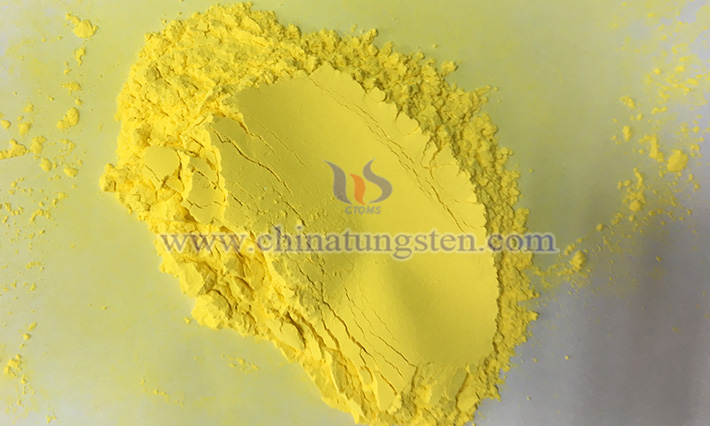
2. Application of tungsten oxide in smart building
Magical application in smart windows
In the field of smart building, one of the most representative applications of tungsten oxide is smart windows. The tungsten oxide film in the smart window is like a tireless smart housekeeper, which can automatically adjust the transmittance of light and the amount of heat entering according to the changes in the environment. When the sun is bright, it will automatically adjust its state to block too much light and heat from entering the room, effectively reducing the indoor cooling load; on cloudy or cold days, it can allow more light and heat to penetrate, creating a warm and comfortable environment for the room and reducing heating energy consumption.
The realization of this intelligent adjustment function is due to the unique electrochromic and photochromic properties of tungsten oxide. In the electrochromic process, by applying different voltages, the cations in the tungsten oxide film will be reversibly embedded and removed, thereby changing its optical properties and achieving reversible changes in color and transmittance. In the photochromic process, when light is irradiated on tungsten oxide, electron-hole pairs will be generated, causing its optical absorption to change, thereby achieving changes in color and transmittance.
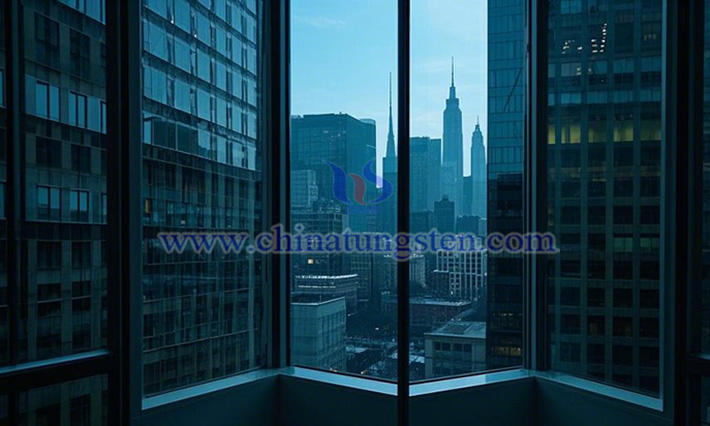
Energy-saving tool for sunrooms
As an ideal space for people to get close to nature and enjoy the sun, traditional sunrooms often have the problem of being hot in summer and cold in winter, resulting in high energy consumption. The emergence of tungsten oxide transparent insulation material provides a perfect solution to this problem and becomes an energy-saving tool for sunrooms.
Compared with ordinary glass, tungsten oxide transparent insulation material has excellent thermal insulation performance. In the hot summer, it can effectively block the infrared radiation energy in the sunlight, making the temperature in the sunroom significantly lower than that of an ordinary glass-built sunroom.
Some researchers have conducted experiments on the near-infrared blocking rate and ultraviolet blocking rate of nano tungsten oxide coated glass, Low-e glass, thermal-insulation-film-coated glass, hollow tempered glass and single-sided glass. They found that the infrared-blocking rate of nano tungsten oxide coated glass is 91%, and its ultraviolet-blocking rate is also 91%. In contrast, the infrared-blocking rates of other types of glass are as follows: Low-e glass, 62.8%; thermal-insulation-film-coated glass, 59%; hollow tempered glass, 34.2%; and single-sided glass, 12.4%.
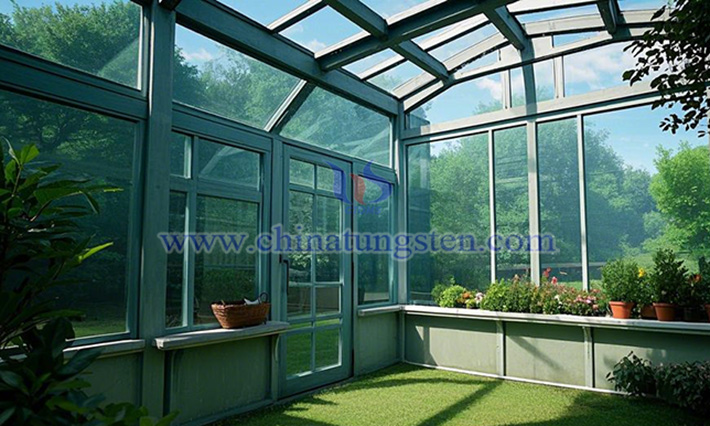
- Tungsten Oxide Manufacturer & Supplier, Chinatungsten Online: www.tungsten-oxide.com
- Tungsten News & Prices of China Tungsten Industry Association: www.ctia.com.cn
- Molybdenum News & Price: news.molybdenum.com.cn
- Tel.: 86 592 5129696; Email: sales@chinatungsten.com


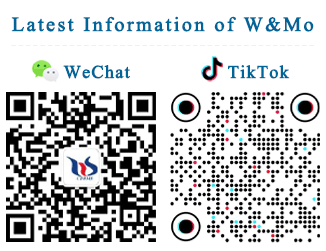
 sales@chinatungsten.com
sales@chinatungsten.com